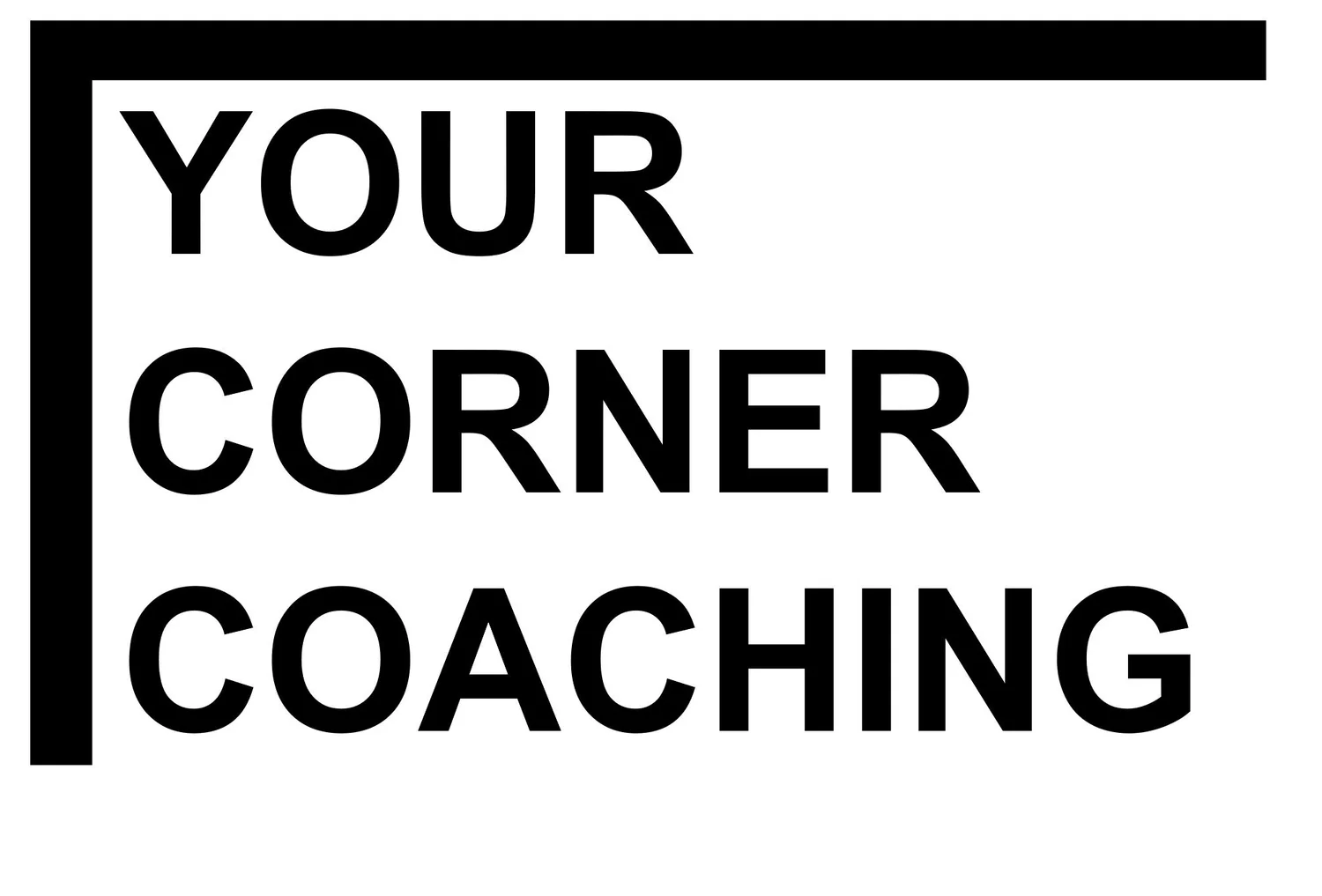The Map I Wish I Had—and How I’m Building It for Others
I grew up in a tight-knit Indiana town where you waved at every car that passed, where hard work started early, and where community mattered. My first lessons in discipline came from early mornings helping with our family’s horses and cattle, juggling school and chores, and learning what it meant to follow through even when no one was watching. And my “network” was a close-knit group of family, friends, high school teachers, and community leaders who knew how hard I had worked to earn top grades and give back to my community in meaningful ways. That foundation shaped how I approach life to this day.
But when I left home to start college, many of those hometown familiar comforts stayed behind.
I had earned a full-ride scholarship to IU’s Kelley School of Business. On paper, I looked like someone who had it all figured out. But inside, I felt like I was entering a world that had been spinning without me. Neither of my parents were businesspeople, so I didn’t have the right language, the right connections, or any real understanding of how to “do” college strategically. I figured things out over time—but I also stumbled, wasted energy worrying about the wrong things, and put unnecessary pressure on myself.
The same thing happened when I launched my career as a consultant at McKinsey & Company. I moved into high-pressure work situations where the expectations were high, and there were many approaches one could take to succeed—some more painful than others. I grew, I performed, and I advanced—but looking back, I wish I had someone to help me navigate the critical parts that can be the difference between a fulfilling start to your career and near-total burnout: the self-advocacy, the strategy, and most importantly… the mindset.
That’s what has led me to coaching. Because success shouldn’t be about surviving a series of transitions—it should be about approaching them with clarity and confidence.
I coach high-performing college students and early-career professionals who already have the talent to succeed—but who want someone to help them get there faster and with more intention. And I do it through a simple framework that I call MAP IT which stands for Mindset, Academics, People, Involvement, and Target.
When I reflect, these were the five levers that shaped my own journey—even if I didn’t realize it at the time:
Mindset
Mindset is critical for talented students and professionals because there will always be hard things to overcome. Building a resilient mindset is a must in order to succeed.
Academics
Academic strength is essentially a baseline necessity for most who want to land top internships and jobs, but achieving top grades takes discipline, prioritization, and strategy. For early professionals, instead of academics, this is all about the technical know how and hard skills necessary to do the job.
People
Mentors, peers, professors, and many others made the difference for me between surviving and thriving. But too few students and early professionals realize this and invest energy into building trust-based relationships that result in real opportunities.
Involvement
Extracurricular involvement gave me the chance to lead, experiment with my passions, and grow outside of the classroom. And it’s a critical component of differentiation that helps land top jobs. But it’s easy to get bogged down in too much involvement and miss the essence of it.
Target
Having a goal (e.g., target industry, firm, or next step) in mind is critical, even if it’s designed with some flexibility. But without some thought, it’s easy to wander aimlessly and waste time and resources chasing a moving target.
When students or young professionals feel stuck, I’ve found that it’s usually because one or more of these areas has been neglected or approached in a subpar manner. That’s where we start. And once we’ve diagnosed issues and built a game plan across those five dimensions, things almost always start to click. Confidence grows. Clarity returns. And progress follows.
I didn’t have a framework like this in college. I didn’t have a coach. But if I had, I think many parts of the journey would have felt a lot less lonely—and a lot more focused.
So that’s why I coach. Because no one should have to figure it all out alone. And because having access to the right map can change everything. I hope you’ll consider putting me in your corner.

